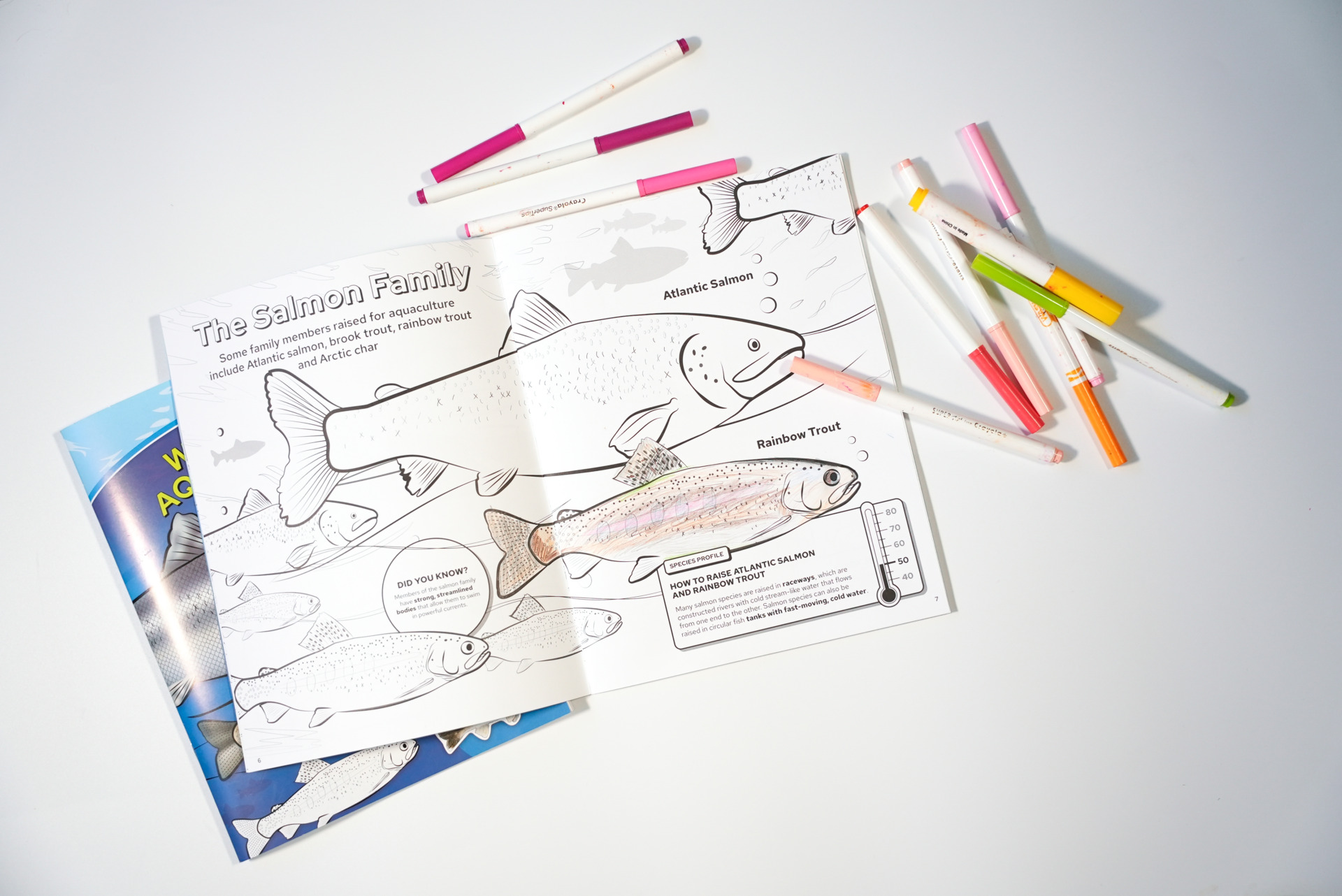By Tim Campbell
Recently, I attended the Wisconsin Department of Natural Resource’s aquatic invasive species (AIS) coordinator’s meeting, held in La Crosse at the brand-new USGS’s Upper Midwest Environmental Science Center. It was great to have a chance to talk AIS with like-minded people, as well as have an opportunity to hear about the great things these coordinators have been doing. While other areas of the country get by with only a regional invasive species specialist, many places in Wisconsin have an AIS professional assigned to a single county. We’re lucky to have so many individuals dedicated to working on AIS issues at such a local level.
We heard about the creative ways that AIS coordinators are getting their message out, including merit badge activities with the Boy Scouts, using a game at the county fair and even a booth at an apple festival. We also heard about many different control efforts occurring throughout the state. It’s reassuring to know that there are people with the skill set and ability to control new populations of aquatic invasive species while the invaders can still be managed. Without the coordinators’ willingness to throw on a wetsuit and dive in to pull out an invasive plant with their bare hands, who knows where Wisconsin would be in the fight against AIS?
There are still challenges out there, but there are also new ideas and research that will help address these challenges. Results from the Center for Limnology at the University of Wisconsin-Madison’s Smart Prevention model were presented, which will help AIS professionals use resources more wisely, while University of Wisconsin-Extension research showed how to best reach out to and educate groups that influence the behavior of fishermen.
There was also discussion of going on the offensive in regard to the transport and spread of AIS. Increased watercraft inspection efforts, and perhaps the introduction of watercraft decontamination units, near AIS “super-spreader” lakes like Lake Michigan, Lake Winnebago and Shawano Lake, will help prevent AIS from being transported in the first place. These offensive efforts would pair perfectly with the great defense the AIS coordinators already provide for inland lakes and rivers.
Leaving the coordinators meeting, I couldn’t help but feel happy and proud of the way Wisconsin is handling its AIS issues. With new invasions still occurring, there is obviously more work to be done, but with our strong AIS partnerships and the enthusiasm of the AIS coordinators, we’re well positioned to handle it.





